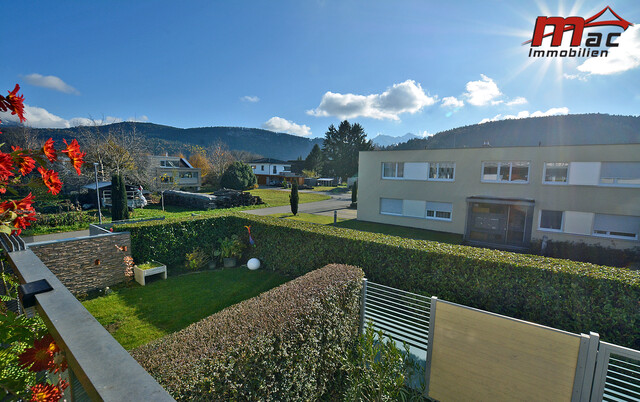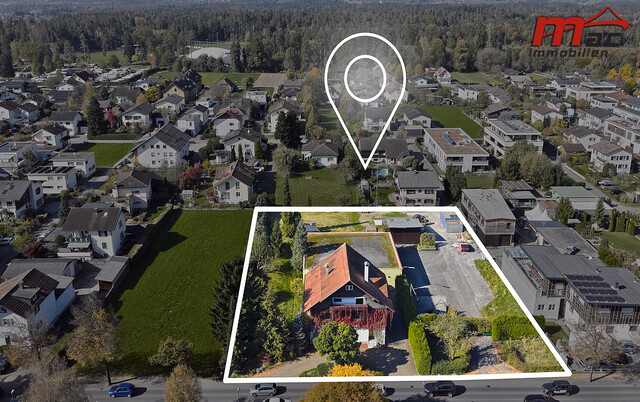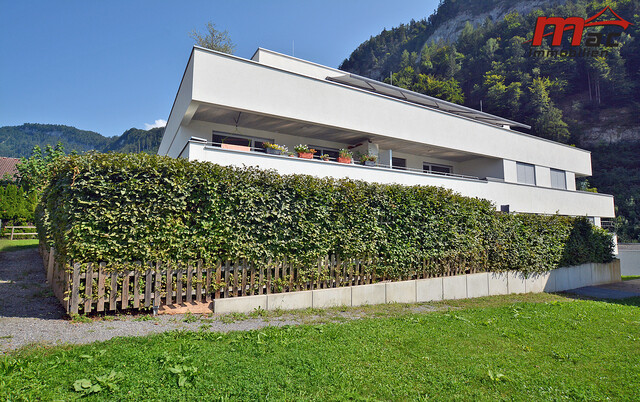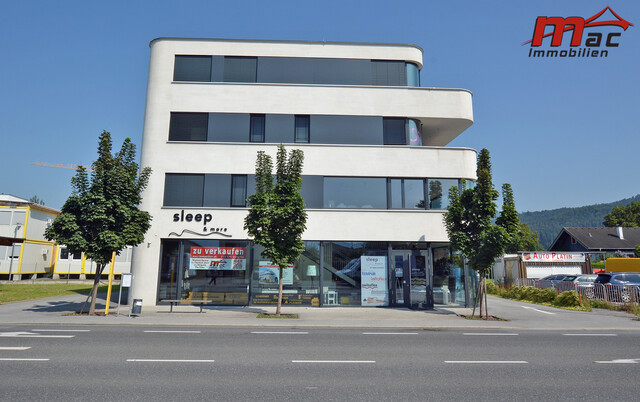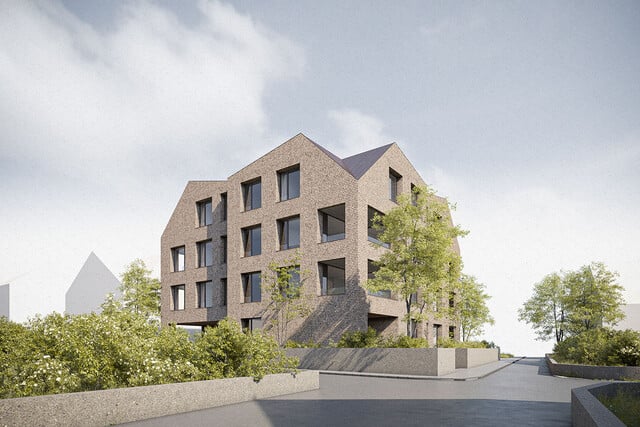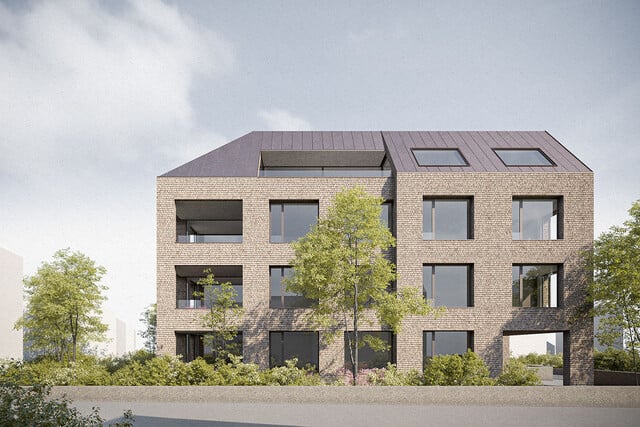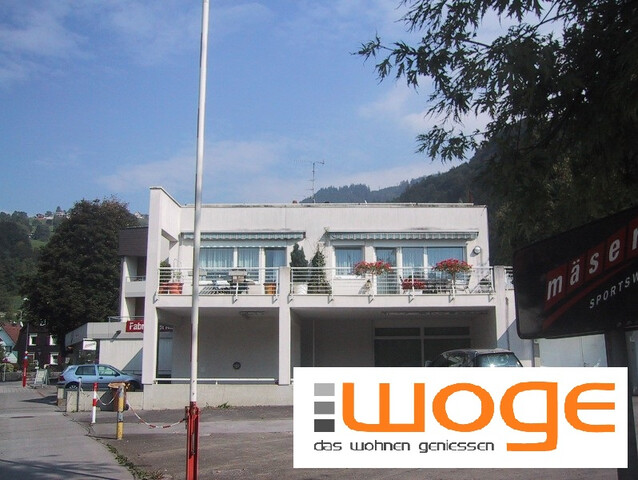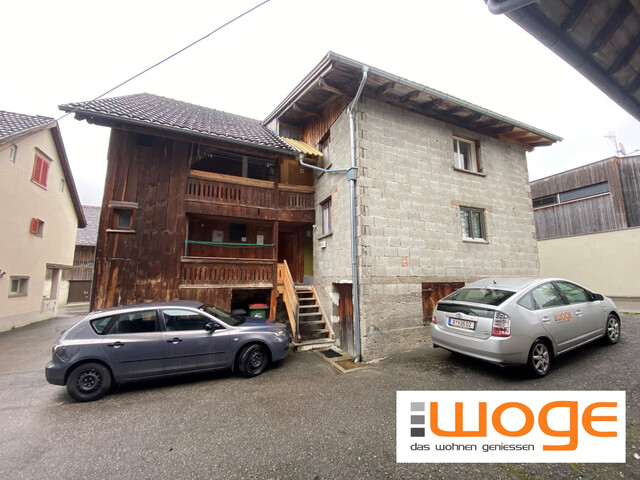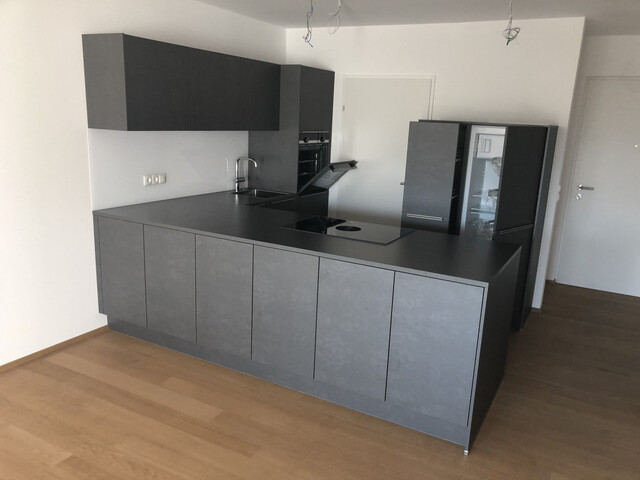Architects in Interview: "We've Had the Craziest Stories"

If Andreas Schmitzer looks back on his career on January 16th, on the occasion of his 60th birthday, the Danube Flats will likely come to mind. "To be completely honest, one must say that the duration of the project was extraordinary," he reflected in an interview with VIENNA.at for Immoinsights. What was the biggest challenge? We asked.
How many work hours are in this building?
Andreas Schmitzer: (laughs) Oh dear, that's difficult. It took a total of twelve years from the first competition to completion, and there were maybe two or three years when there was less to do. I can certainly say that ten years were spent working on it, with always between five and 20 people working on the project. It is...
Maria Planegger: ...more than originally expected. The length is, of course, also the challenge.
Schmitzer: But you shouldn't see it so narrowly, because that's just the architects, and there's a huge army of specialist planners for something like this. On one hand, that's good because it represents a high level of expertise in many areas. You then have a facade planner and a fire protection planner, and so on. But in the end, it also makes it more difficult to coordinate. However, in my opinion, it's more pleasant than small construction projects where this is cut back, and as an architect, you have to be responsible for everything, can rarely involve specialists, and are more or less forced to take on the responsibility alone, even if you don't necessarily aim for that.
What was the biggest challenge in the development process?
Planegger: Essentially, bringing all the wishes together. The wishes of the city, the residents, and of course, the client.
Schmitzer: That was the political aspect, and the technical aspect is probably that the construction site is extremely difficult because the highway, the Reichsbrücke, and the subway are directly adjacent, and therefore many side effects like settlements need to be considered. Solving all of this was technically a real challenge because the Reichsbrücke had to be raised to prevent the accompanying settlements (where the ground moves downward, ed.) from occurring. A few millimeters of deviation in the tracks and then the subway stops, and that couldn't happen. That was certainly the most difficult technically, but it was mainly a topic for the structural engineering.
How did your first project go?
Schmitzer: Also well and very exciting.
Planegger: There is actually something in every project that is a technical challenge.
Schmitzer: And that is probably what defines our office. In one of the first projects, for example, we developed a passive solar facade with the manufacturer, and although it was just a single-family house, it was 20 square meters of solar facade that was tested for a year. In the end, a product came out that went into series production.
Have there actually been setbacks that you have experienced in your career?
Schmitzer: Yes, of course. We are now at about 500 projects, and if you look at how many have been implemented with really high quality, there are many setbacks, but that is typical for the architecture business. You make great designs, and unfortunately, not everything gets built. And often it fails for completely different reasons, we've had the craziest stories.
For example?
Planegger: Financially...
Schmitzer: Financial issues, of course, we've often had divorces, and once someone went to prison, so continuing was no longer possible (laughs). It's really funny at times. Life just gets in the way, there's no other way to put it. You can have the most amazing designs, and then he said, "I'm sorry, but I won't be around for the next three years, we have to stop." And then there are, of course, the usual shortcomings, like people overextending themselves financially, or companies going bankrupt, which happens quite often. You wouldn't believe it if you're not in the industry, how often that occurs.
Could one say that the Danube Flats project is the crowning achievement of your career?
Schmitzer: To be completely honest, one must say that the duration of the project was extraordinary. And if you assume that another project of the same scale goes faster, then we can still manage it, but otherwise, it will eventually become difficult. Because a career is naturally limited by age. That's the nature of the matter.
Planegger: But now we are professionals, now we will of course be even faster (laughs). But one must say, there is really humility, and one is proud to be able to implement something like this.
(BP/Red)
This article has been automatically translated, read the original article here.
Du hast einen Hinweis für uns? Oder einen Insider-Tipp, was bei dir in der Gegend gerade passiert? Dann melde dich bei uns, damit wir darüber berichten können.
Wir gehen allen Hinweisen nach, die wir erhalten. Und damit wir schon einen Vorgeschmack und einen guten Überblick bekommen, freuen wir uns über Fotos, Videos oder Texte. Einfach das Formular unten ausfüllen und schon landet dein Tipp bei uns in der Redaktion.
Alternativ kannst du uns direkt über WhatsApp kontaktieren: Zum WhatsApp Chat
Herzlichen Dank für deine Zusendung.
